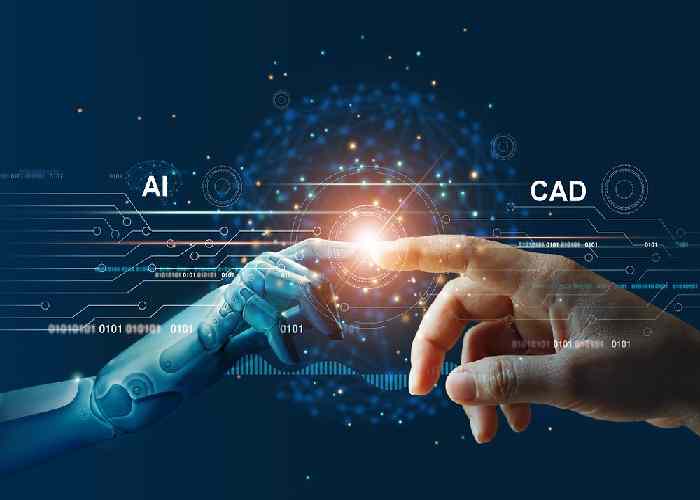
Published by:
Dalibor Vuchikj
Invalid Date
My vision is to support companies and organizations in the development and implementation of mechanical engineering and operational projects. As a Mechanical Engineer by education, combined with a deep passion for new technologies. Specialize in offering cutting-edge digital methods and technologies, including 3D scanning, intelligent 3D modeling, documentation, 3D data processing and optimization, analysis, simulations, VR integration, and more.
Engineers Are Replacing Manual Work With These AI Modeling Tools
Artificial Intelligence (AI) is transforming the landscape of design and modeling by empowering engineers and designers with tools that enhance creativity, efficiency, and precision. Several leading software companies have integrated AI into their platforms to offer intelligent assistance, generative capabilities, and personalized workflows.
Autodesk’s Revit features Generative Design, which generates multiple design solutions based on user-defined goals and constraints. Users can evaluate, tweak, and iterate designs efficiently, optimizing for cost, volume, or other project-specific parameters.
PTC’s Creo employs AI-driven generative design to deliver optimal engineering solutions faster. Engineers input specific requirements, including materials and manufacturing methods, and the software generates ready-to-manufacture, high-quality, and cost-effective designs.
Siemens NX leverages AI across three key areas: smart human interaction, personalization, and intelligent suggestions. It identifies similar components, supports voice commands, and learns user behavior to adapt the interface. This enables faster workflows and trains new users by modeling expert behaviors.
Dassault Systèmes’ SolidWorks integrates AI through its Design Assistant tools like Selection Helper, Mate Helper, and Sketch Helper. These tools automate repetitive tasks, predict user actions, and intelligently manage component placement and geometry creation. Features like Smart Mate automatically generate fully constrained mates, enhancing productivity and reducing time spent on manual adjustments.
All these platforms demonstrate how AI can not only streamline complex design processes but also learn from user workflows, providing a more intuitive and personalized design experience. By integrating AI, these tools are revolutionizing mechanical and product design, making it faster, smarter, and more adaptable than ever.